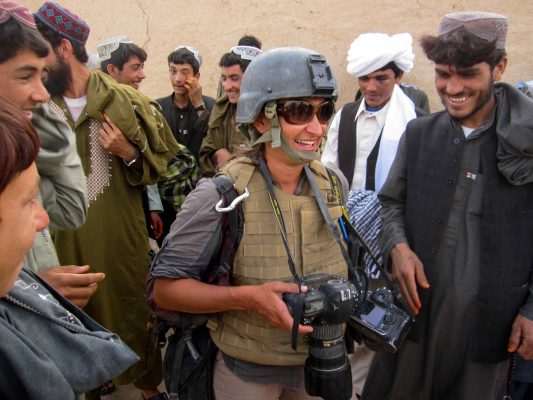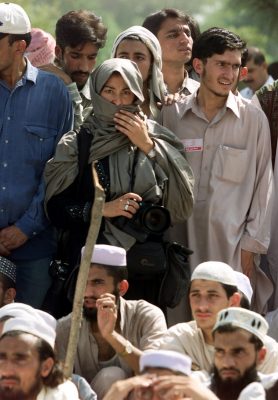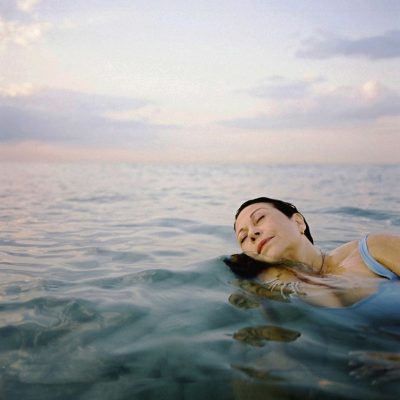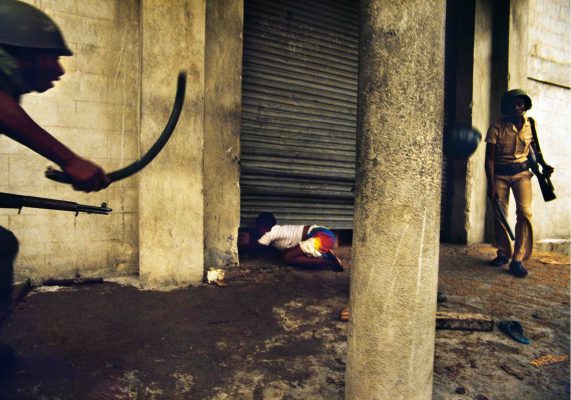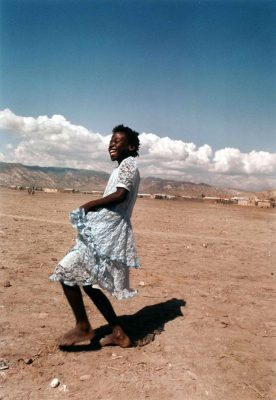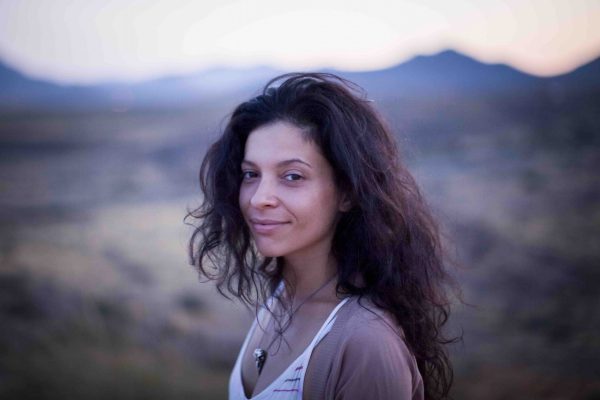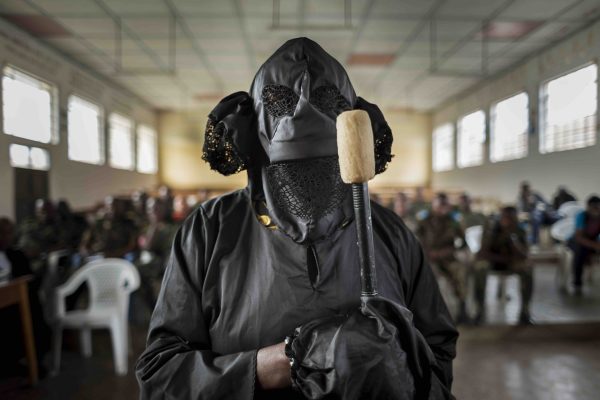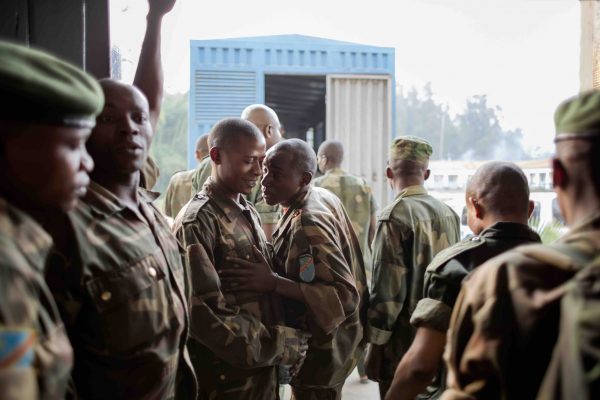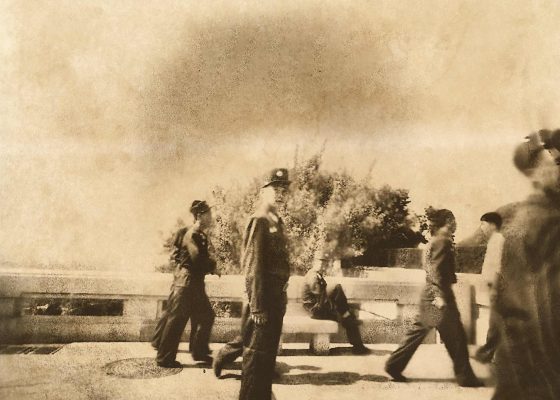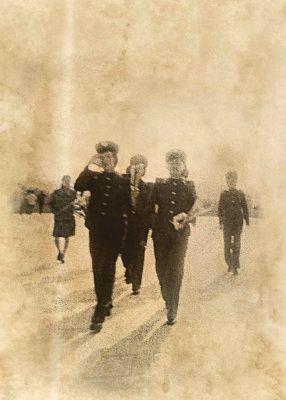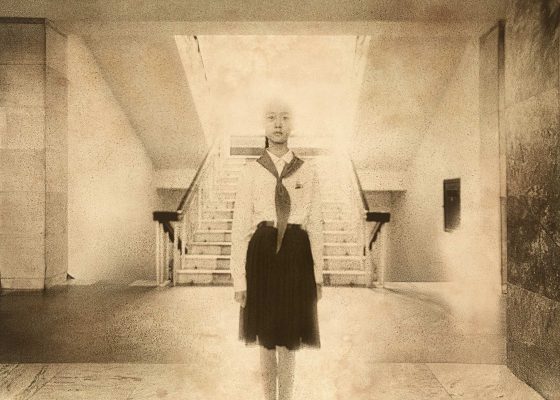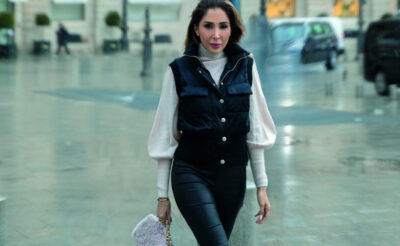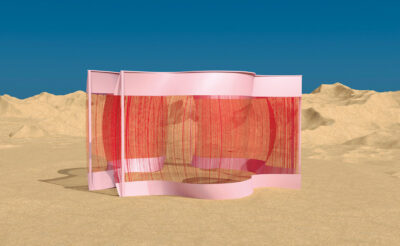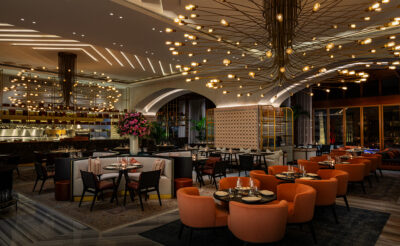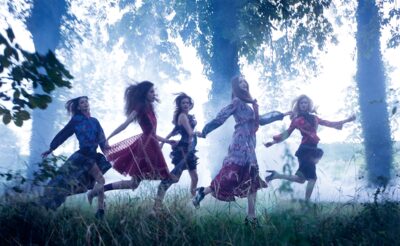Women are coming to the fore in a profession long dominated by men, but while female photojournalists are a relatively new development, particularly in war reporting, they have already played a vital role in the world of photography.
From Britain’s first female press photographer Christina Bloom, who took startlingly sinister pictures of First World War soldiers leaving for the front, to Dorothea Lange’s heart-rendering images of migrants during the Great Depression, female photojournalists have helped change the public perception of what it means to be human.
In MOJEH Issue 42, we speak to four of the world’s leading female photojournalists that cover war and conflict in different regions of the world. They talk about fear, violence and the stories that their male counterparts can’t get.
Lynsey Addario
“My most challenging moment came when I was kidnapped in Libya in March 2011. I was held for a week by forces loyal to Libyan leader Colonel Gaddafi. The kidnapping was difficult – we were tied up, blindfolded, beaten and threatened with execution over the course of the week. And, in that difficulty, I had to ask myself the hard to answer question of why I do this work, and whether I would return to it if and whenever we were released, knowing the toll our absence was taking on our families and loved ones.”
Maggie Steber
“Photography is memory: It’s there for us to see and remember, to be moved, changed, terrified, heartbroken, saved, and delighted. To be able to see the beauty of the world, from fashion to obvious pride in a Haitian peasant, alongside the most fearsome and heartbreaking acts committed by mankind. Photography has no limits. It is we who limit it and we do ourselves, as well as others, a disservice by not being open to all methods of storytelling.”
Diana Zeyneb Alhindawi
“Often people think more women don’t do this type of work because of the challenges and obstacles presented in the field or by the context of conflict. I’ve found that most of the obstacles come from our own homelands – from our own society’s expectations for a woman versus a man. It’s not factors in the field that have posed challenges for me specifically because I am a woman; it’s been factors from my own society back home, which in many ways, still treats a man differently than a woman.”
Nathalie Daoust
“I’ve learnt that things are never as they seem and that I shouldn’t judge anyone until I’ve walked in their shoes, or at least taken the time to get to know them. When I first went to North Korea, I couldn’t understand why the whole country didn’t just rise up and fight for their rights to freedom after so many years of oppression and pain. After visiting, however, I now completely understand why they can’t.”
